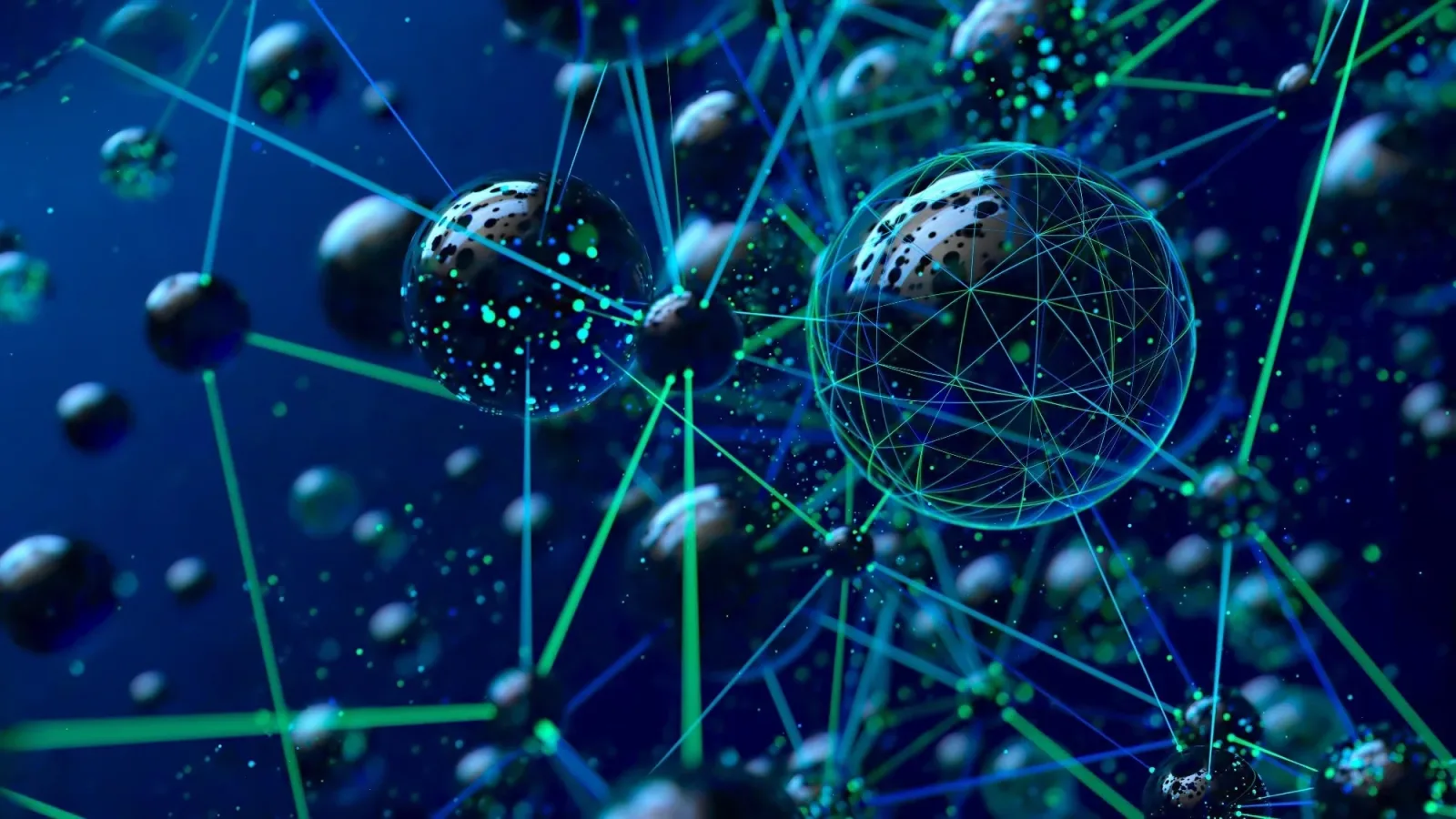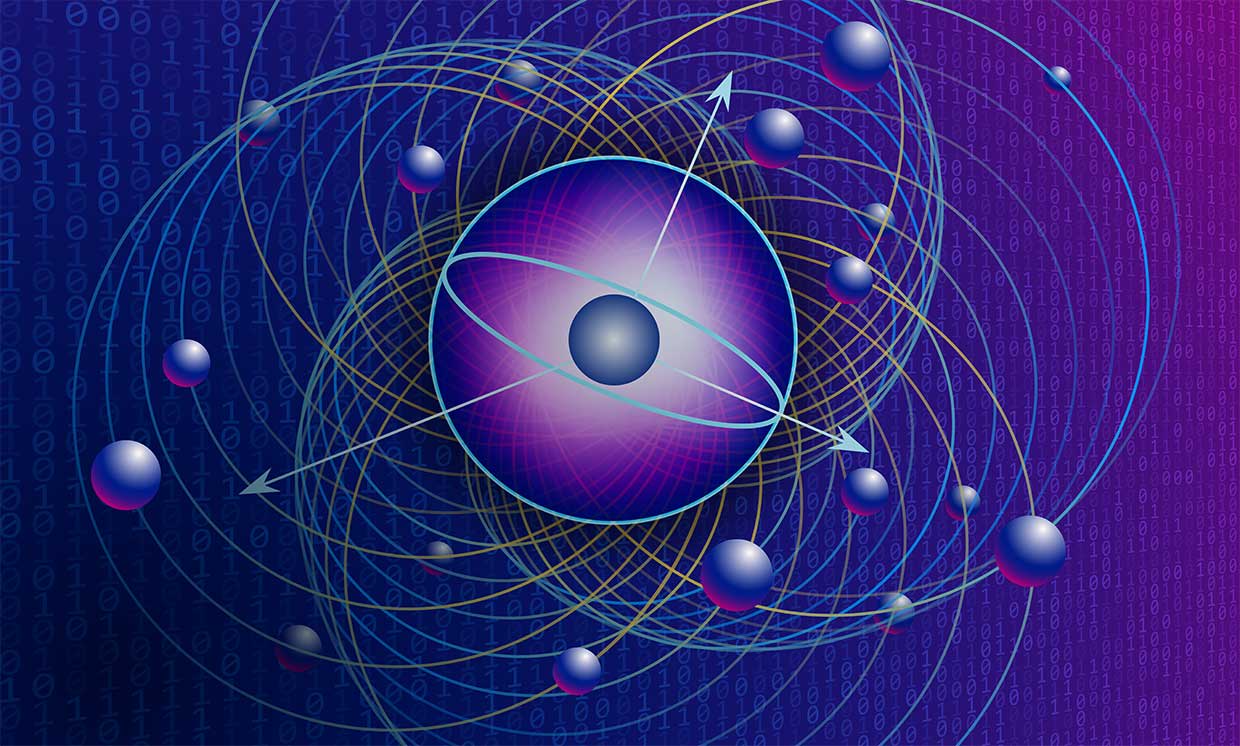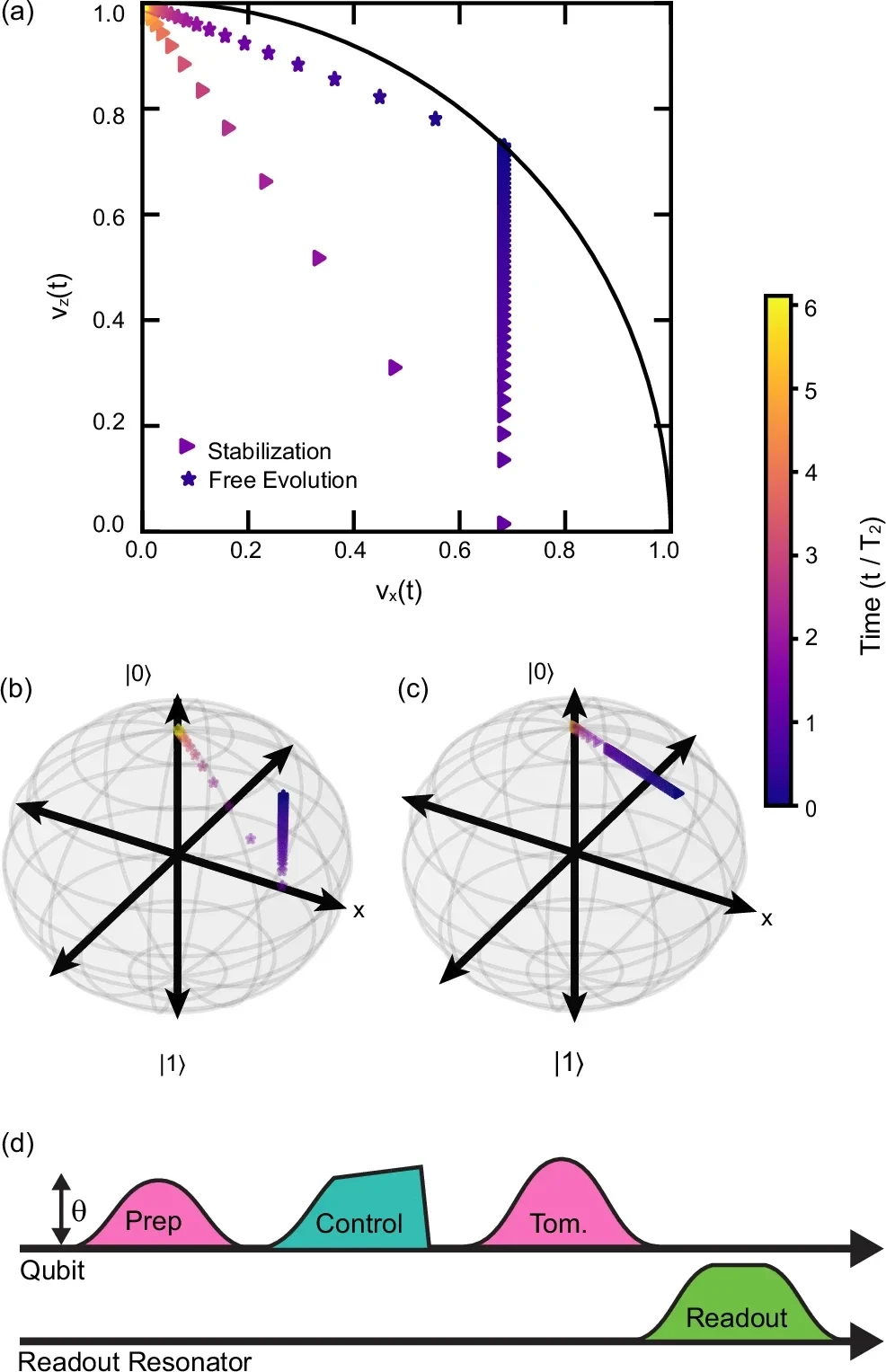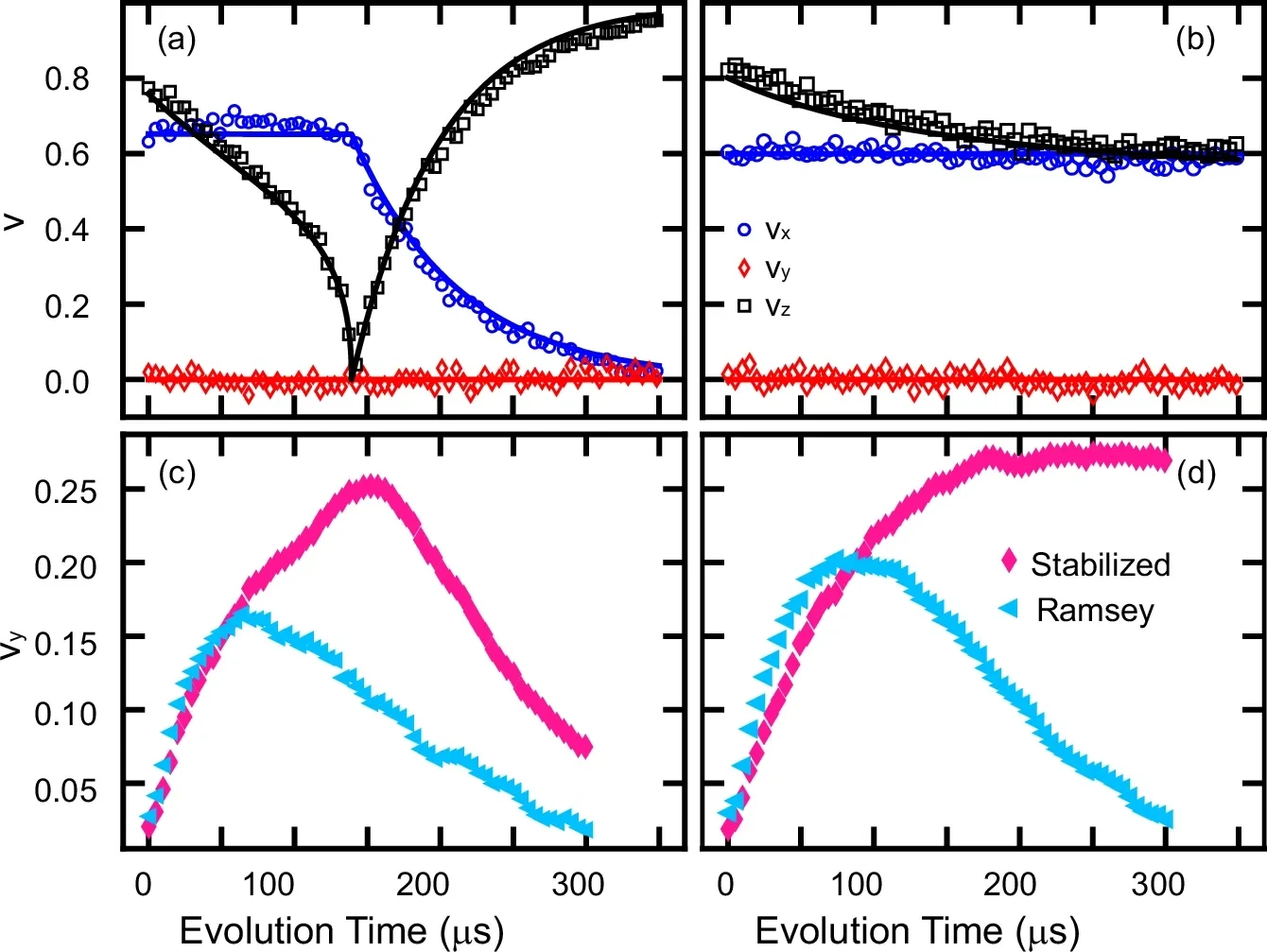
Quantum scientists have taken a leap forward in sensing technology, revealing a new method to measure extremely small signals with greater accuracy. The approach tackles a long-standing challenge in quantum experiments—decoherence—without adding complex equipment or additional experimental steps. This advance could accelerate progress in fields from brain imaging to ultra-precise gravity mapping.
At the core of this breakthrough is a technique called a coherence-stabilized sensing protocol. Rather than letting aqubit—the basic unit of quantum information—loses stability due to environmental noise, the method applies a steady, calculated drive. This drive keeps part of the quantum state fixed, preventing certain effects of decoherence. The added stability allows the qubit's signal to grow stronger and become easier to detect.
Cracking the problem of decoherence
For decades, quantum sensing has promised extraordinary levels of precision. Quantum systems, such as atoms, photons, or superconducting qubits, can measure subtle physical quantities like temperature shifts,magnetic fields, or gravitational changes with sensitivity beyond classical devices. They do this by using quantum properties like superposition, coherence, and entanglement to capture details that ordinary sensors miss.

But there's a catch: the outside world constantly disrupts these fragile quantum states. This interference—known as decoherence—scrambles the information the sensor is trying to read. "Decoherence causes the state of a quantum system to become randomly scrambled, erasing any quantum sensing signal," explained Eli Levenson-Falk, the senior author of the study and a professor of physics, astronomy, electrical, and computer engineering at theUniversity of Southern California.
Standard sensing methods, such as Ramsey interferometry, can only go so far before decoherence erases too much of the signal. That limitation has slowed the pace of progress in practical applications, especially when detecting faint signals is essential.
How the coherence-stabilized protocol works
In the study, the USC team introduced a new driving technique to stabilize one component of the qubit's Bloch vector. The Bloch vector is a way of describing the full state of a quantum system. By locking this part in place, thequantum statekeeps coherence longer, allowing the detectable signal to grow stronger.
Related Stories
・Scientists unlock the full power of quantum computing with neglected particles
・Quantum breakthrough enables scientists to reverse the flow of time
This idea came from theoretical work by USC's Daniel Lidar and doctoral student Kumar Saurav. Lidar is a professor of engineering, chemistry, and physics. Their models predicted that a continuous driving force could counteract decoherence without extra hardware or complex feedback loops.
Lead author Malida Hecht, a physics doctoral student, compared quantum sensing to hearing a faint whisper in a noisy space. By amplifying the whisper instead of reducing the noise, the approach makes measuring tiny changes much easier. These include small shifts in a qubit's frequency that reveal critical information about the surrounding environment.
Record-breaking improvements in quantum sensing
To test their method, the researchers applied it to a superconducting qubit, an essential building block forquantum computersand sensors. The results were striking: the coherence-stabilized sensing protocol improved measurement sensitivity per shot by 1.65 times compared to Ramsey interferometry. When measuring sensitivity across the full qubit evolution time, it still showed a 1.09-fold improvement.

Theoretical calculations suggest greater gains are possible in some systems—up to 1.96 times per shot and 1.18 times per evolution time. The method worked without precise fine-tuning, proving reliable even when calibration was not perfect. Levenson-Falk noted this improvement did not require adding sensors, feedback controls, or extra experimental complexity. "Our study gives the best sensitivity for detecting a qubit's frequency to date," he said. "Most importantly, our protocol requires no feedback or extra resources, making it useful across many quantum computing and sensing technologies."
Why this matters for real-world applications
Improving quantum sensor sensitivity is not just a laboratory achievement—it can directly enhance technologies that rely on detecting tiny changes in physical properties. This includes advanced medical imaging, navigation systems that work withoutGPS, and tools for probing the laws of physics at the smallest scales.
By increasing the strength of the signal before it gets lost to decoherence, the coherence-stabilized sensing protocol could extend the reach of quantum sensors into situations where signals are too faint for current technology to detect.

Levenson-Falk believes the breakthrough is only the beginning. "It also shows that we have not yet extracted all the possible information from these types of measurements," he said. "Even better sensing protocols are out there, and we could use them to make immediate real-world impacts."
The road ahead for coherence-stabilized sensing
Future research will explore how this method scales across different types of qubits and sensing environments. Because it does not rely on specialized equipment, the technique can be adapted for use in a wide variety of quantum devices already in development.
This opens the door to rapid adoption in both scientific research and industry, where better sensitivity could unlock discoveries in material science, climate studies,space exploration, and beyond. For quantum engineers, the message is clear: stabilizing part of a qubit's state isn't just possible—it's a game-changer.
Research findings are available online in the journalNature Communications.
Note: The article above provided above byThe Brighter Side of News.
Like these kind of feel good stories? GetThe Brighter Side of News' newsletter.
0 comments:
Ikutan Komentar